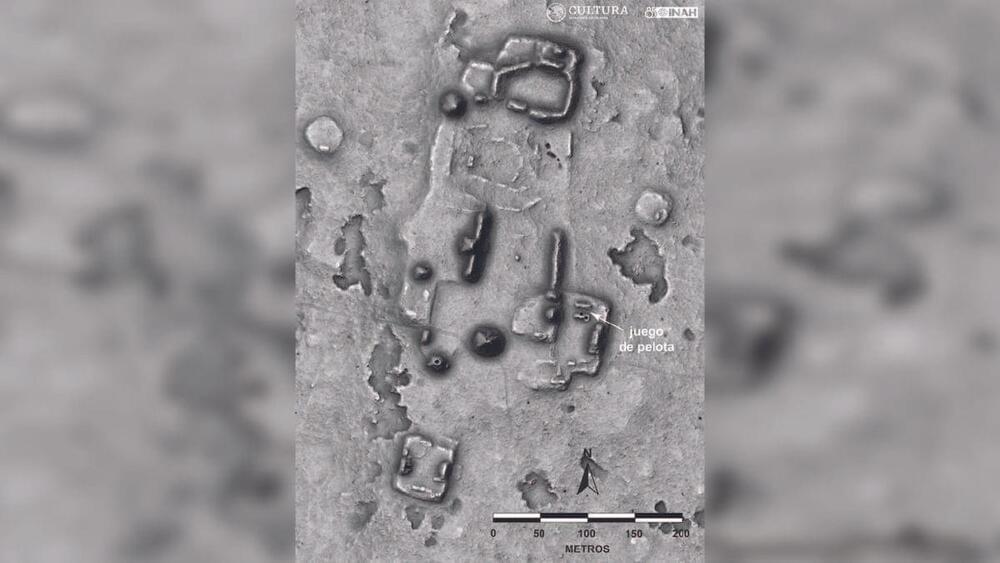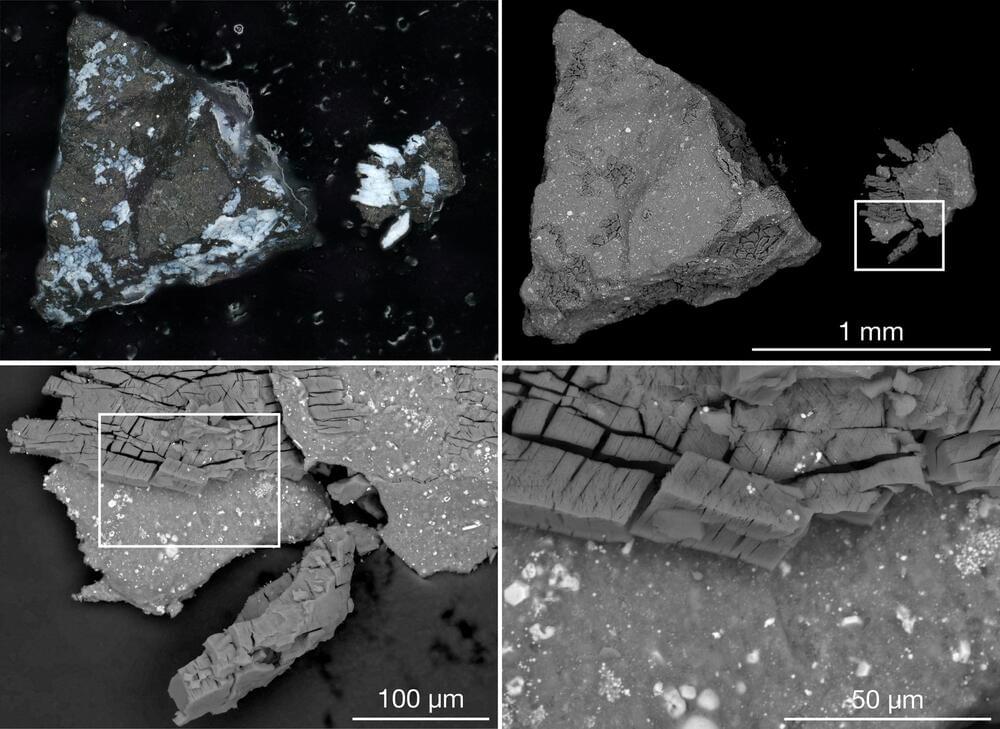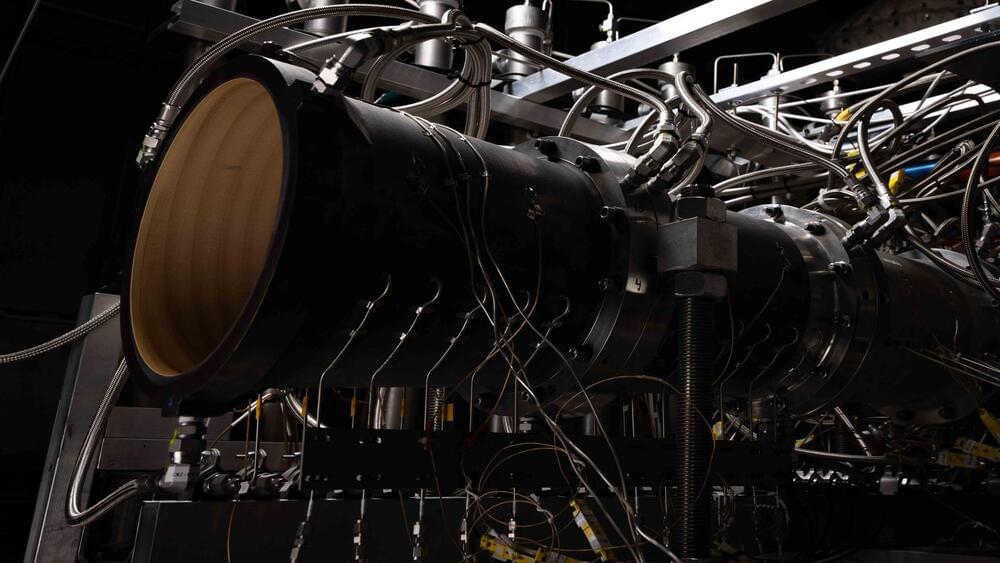Jul 14, 2024
Century-Old Biological Experiment Reveals Genetic Secrets of Important Crop
Posted by Saúl Morales Rodriguéz in categories: biological, evolution, food, genetics
A long-term study since 1929 has revealed significant insights into barley’s evolution, showing its adaptation to different environments and the substantial impact of natural selection. This research underscores the limitations of evolutionary breeding and highlights the need for further exploration to enhance crop yields.
Utilizing one of the world’s oldest biological experiments, which commenced in 1929, researchers have revealed how barley, a major crop, has been influenced by agricultural pressures and its evolving natural environment. These findings highlight the significance of long-term studies in comprehending the dynamics of adaptive evolution.
The survival of cultivated plants after their dispersal across different environments is a classic example of rapid adaptive evolution. For example, barley, an important neolithic crop, spread widely after domestication over 10,000 years ago to become a staple source of nutrition for humans and livestock throughout Europe, Asia, and Northern Africa over just a few thousand generations. Such rapid expansion and cultivation have subjected the plant to strong selective pressures, including artificial selection for desired traits and natural selection by being forced to adapt to diverse new environments.


















